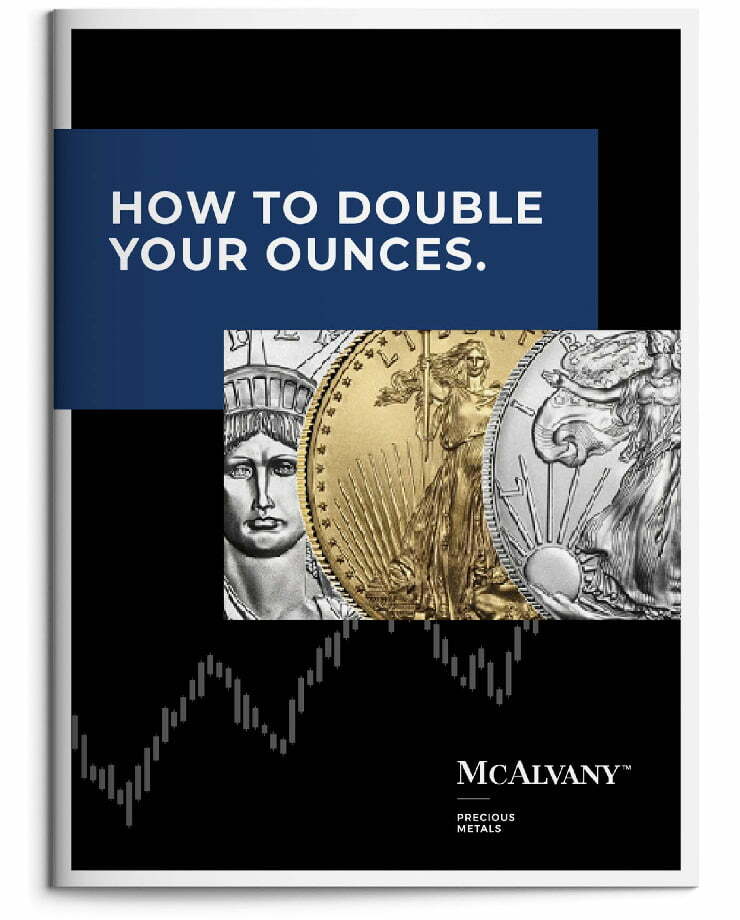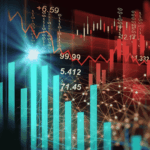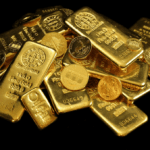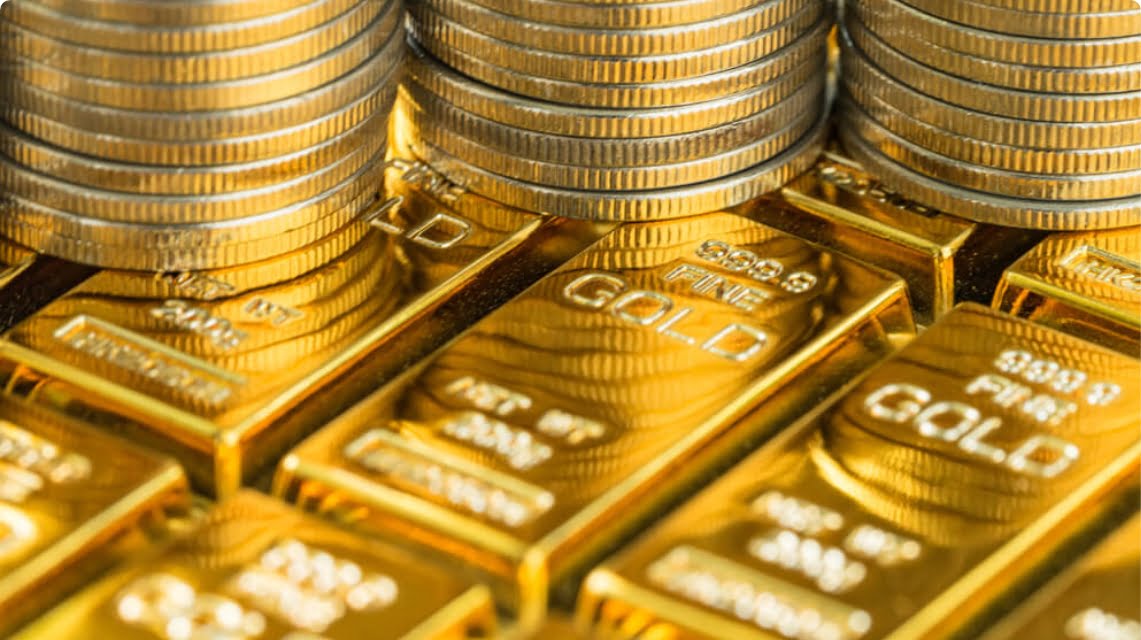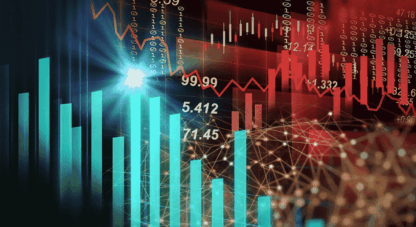Uncertainty continues to dog global markets as Trump proceeds with remaking the world economy. It’s a high-stakes, high-risk deal, and the variables affecting it are legion. Patience with and expectations of Trump’s efforts varies among the McAlvany analysts, as it does elsewhere—with this possible difference: the analysts whose work is summarized below are careful and thorough researchers who draw on the work of many experts and reams of data. Interpretation is always key, and those whose expertise is broadest and deepest, who nevertheless diligently seek out and consider the widest and best analysis of others, typically offer the most value. This is the goal for all of the analysts at MFG, and they are tireless in their pursuit of it. Spend some time with any of the publications below, and you will see how truly massive the scope of their research is.
Key Takeaways:
- Second verse, same as the first
- Dancing on the edge
- Don’t confuse the short term with the long term
- Is gold’s day in the sun over?
The McAlvany Weekly Commentary: Tariff Song That Never Ends: On, Off, On, Repeat
This week’s discussion focuses on the ongoing uncertainty surrounding tariffs and their impact on global markets. Treasury Secretary Scott Bessent revealed that China admitted to ignoring trade commitments under the Biden administration due to perceived weakness, while the Trump administration’s approach has led to a reversal of the long-standing “strong dollar” policy. The shift from dollar recycling to gold recycling is evident, with Chinese ETF gold purchases in April doubling to 70 tons, accounting for half of global ETF inflows. The commentary delves into the complexity of international relations, highlighting the interplay between soft power, complex interdependence, and economic decisions. The bond and currency markets are emphasized as critical indicators for market stability, with the recent push to weaken the dollar creating ripple effects globally. Amid volatility, gold continues to maintain its role as a stable asset, with central bank buying and dedollarization trends supporting its long-term value. As fiscal stimulus in China ramps up, the potential for a cyclical rebound and further shifts in global trade dynamics looms large. Investors are urged to remain objective, focus on historical patterns, and prepare for potential unintended consequences of today’s policy decisions.
Credit Bubble Bulletin: Close to a Melt-Down
This week’s analysis highlights the precarious balance in global markets, with recent U.S.-China trade negotiations averting a potential economic meltdown. Cooler heads prevailed as punitive tariffs were scaled back, but the truce appears more a temporary relief than a lasting resolution. Markets rallied in response, with equities surging and investor sentiment buoyed by hopes of a more rational approach to trade policy. However, the underlying risks remain significant. The stock market continues to exhibit bubble-like behavior, with speculative leverage and fragile market structures exacerbating vulnerability to shocks. Central to this week’s discussion is the ongoing “crisis of confidence” triggered by erratic U.S. policymaking, a weakening dollar, and mounting Treasury market instability. The downgrade of U.S. credit by Moody’s underscores growing concerns over ballooning deficits and debt mismanagement. While the market celebrated the tariff rollback, systemic fragilities in credit markets and global supply chains suggest further turbulence ahead. China’s strategic response to U.S. pressure coupled with its rhetoric against unilateralism positions it as a counterweight to American hegemony. The fragile truce between the U.S. and China, coupled with persistent inflationary pressures and elevated Treasury yields, sets the stage for heightened volatility in the weeks to come. Investors are urged to prepare for ongoing instability, focusing on resilience and long-term strategies in the face of an uncertain economic landscape.
Hard Asset Insights: A Golden Age for Gold
This week’s developments signal a pivotal moment for global markets and reinforce the long-term case for gold as a cornerstone of portfolio stability. The Trump administration announced significant progress on multiple fronts, including a U.S.-China trade deal, defense agreements with Saudi Arabia, and a potential resolution to the Russia-Ukraine conflict. While these announcements sparked a rally in equities and a short-term pullback in gold, Morgan emphasizes that these events do not derail the secular drivers behind gold’s ongoing bull market. The current market enthusiasm reflects a temporary recalibration, with gold selling off to work through overbought conditions after its $3,500 peak in April. However, the broader economic landscape remains defined by systemic shifts, including a likely weakening of the U.S. dollar, inflationary pressures, and a move toward yield curve control. These conditions set the stage for what Morgan describes as a “golden age for gold,” as the metal continues to benefit from its role as a hedge against debt, monetary instability, and geopolitical uncertainty. Investors are encouraged to stay focused on structural trends and join the upcoming webinar, The Grand Economic Reset: What It Means for Gold and Commodities, at noon Eastern on May 22, for deeper insights into how this global economic reordering will shape opportunities in gold and hard assets.
Golden Rule Radio: CPI Down, Dollar Up – What’s Next for Gold?
This week’s episode of Golden Rule Radio explores the recent correction in gold prices and the implications of a stronger dollar and lower-than-expected Consumer Price Index (CPI) data. While the gold market has pulled back following its recent peak, the hosts emphasize that this correction is a healthy development within the broader upward trend. The dollar’s bounce, fueled by cooling inflation, has created temporary headwinds for precious metals. However, central banks remain the primary drivers of gold’s rise, far outweighing the impact of retail investor activity. The show also examines silver’s recent price movements, key technical levels for gold, and the potential influence of policy changes on precious metals markets. Despite short-term fluctuations, the long-term case for gold remains strong, anchored by its role as a hedge against global economic uncertainty and inflationary pressures. Investors are encouraged to maintain their focus on long-term trends while navigating the near-term volatility across the precious metals landscape.
